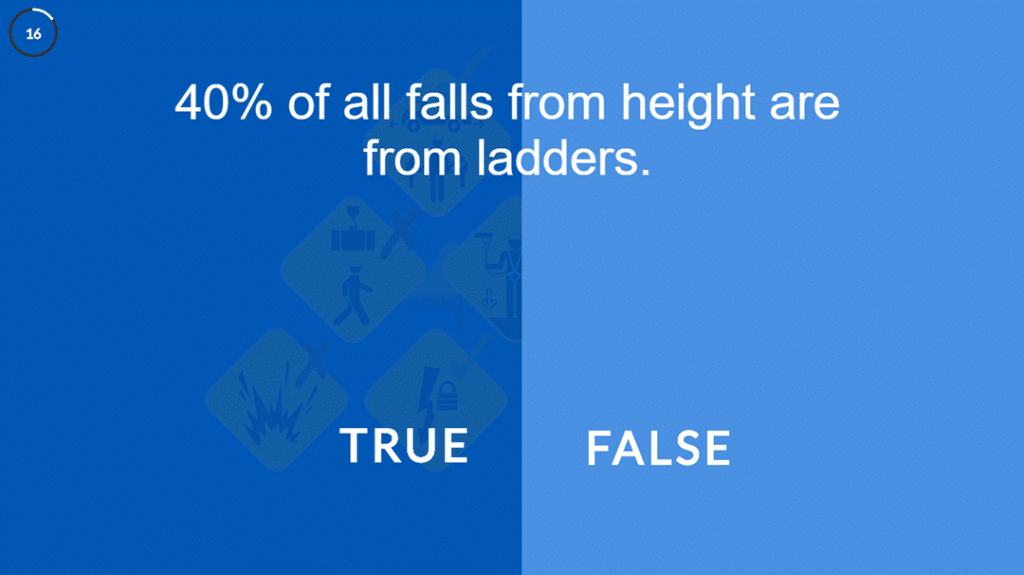More and more people are finding themselves experiencing the amazing capabilities of immersive video production. But just what is immersive video? Well as it says on the tin, this form of video is all about immersion of the audience into the video, not just with the viewing of it, but having the audience interact with it. We see these forms of video everywhere. Virtual reality is a big example, a service that is becoming more and more prevalent in modern technology and the wider media landscape. Then you have standard interactive videos, where the audience can click and choose areas of the video they’d like to go to next, at their leisure. You’d usually see these as training courses or e-brochures. So how can immersive video help you, and what do you need to know about it?
Virtual Reality Video Production

VR video production as said, is a fast growing video service that is becoming more and more used in companies everyday. Giving your audience the ability to control themselves in a virtually created world is quite the experience. The world is graphical and CGI based as opposed to live action video. Virtual reality technology includes headsets, eyewear and controllers that allow the user to control certain actions in the virtual world. Of course, you’ll need your base video too. Depending on what you want to be able to do in your video, you may only require a headset.
Using the virtual reality equipment, the user can control certain aspects of the virtual world they are in. The headset allows the user to see and listen to the visual and sound aspect of the video, and controllers can allow the user to touch and pick up elements if included. Another key functionality is the ability to move around the area of the video, to get closer to different parts of the area. The user can also click on hotspots to load more information such as text, photos and videos.
There are a few different types of virtual reality technology. Fully-immersive virtual reality is what it says on the tin, the full experience of VR with a moveable and interactive world. This type is mainly used in gaming. Semi-immersive virtual reality videos provide users with a partially virtual world, commonly used for educational and training purposes. Non-immersive virtual reality videos are usually just interactive videos, without the headset and gear. 360 videos are a type of non-immersive, as whilst it may give you a certain amount of control, you are not in that world properly, breaking a lot of the immersion.
VR video can be used in a multitude of ways. It can be very helpful for specific training requirements where the user can access the VR environment first and learn tasks within that safely before progressing into the real site. VR can be used for marketing to promote and showcase site facilities where it’s harder for visitors to access. VR is also great to demonstrate products in action to allow the user to interact with a real product or prototype that is new to the market.

Let’s have a look at interactive videos. Interactive video production is an ideal tool to help enhance a corporate video production that requires some form of interaction and input from the user. Interactive videos provide the viewer with the ability to click using a desktop or a mobile device within the video for an action to occur.
You can use interactive video for training purposes courses can be put together with this type of technology to create short videos asking questions and giving tasks for the audience to complete. This could be through a quiz for example, perfect for a virtual type of training course mixed with buttons and branching paths. A quiz can guide your audience and get them assessed on different types of topics.
Your Industrial Story Starts Here
Press the button. Make the call. Transform your media.
